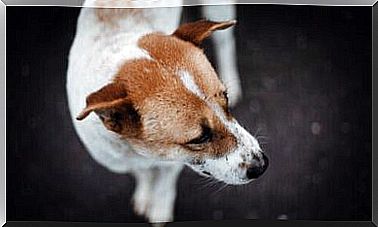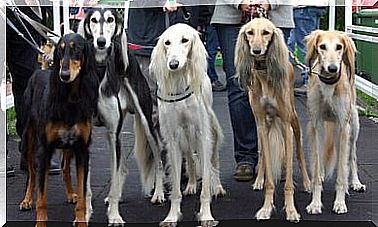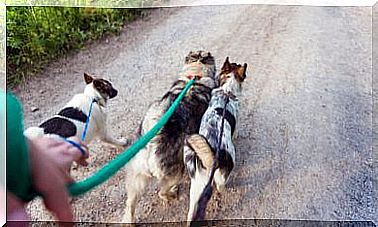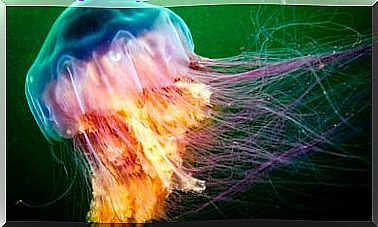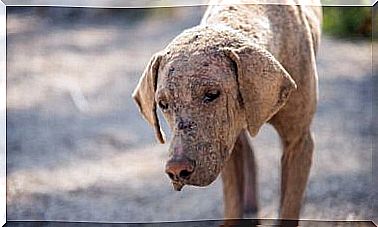10 Wild Canid Species To Know
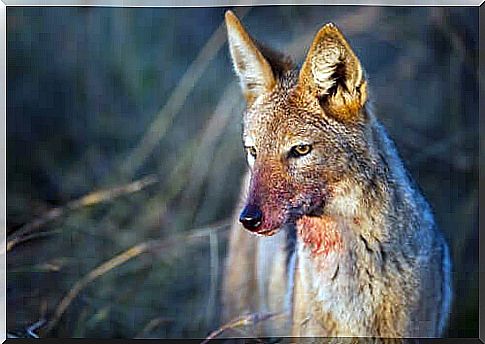
The canine family is made up of carnivorous animals of all types, colors and sizes. In principle, all its members are very dissimilar to each other, even when we talk about wild canids. Sometimes, in fact, the difference between the different dog breeds is greater than between the dog and the wolf, for example.
Some species of wild canids are more familiar to us than others, such as the wolf or the fox. Others inhabit lands too far away to know them. This is why in the next few lines we present some of the most curious wild canids.
Which wild canids are present on the European continent?
The wolf and the red fox
The Canis lupus live in the cold and warm areas of the northern hemisphere and is the most numerous species of wild canids. It can reach a weight of 80 kg and the width of the leg allows it to move with firmness when running on the snow. In winter it hunts in packs, while in the other seasons it is solitary or, at most, hunts in pairs.
The Vulpes vulpes is smaller than other members of the family Canidae, including different breeds of domestic dog. Its features include a thin muzzle and bushy tail, as well as distinctive red fur.
What wild canids can we meet outside of Europe?
The coyote
The Canis latrans is found throughout the American continent. It is considered, in fact, one of the few animals that has expanded its habitat since the Conquest of America by the Europeans. Although it occasionally congregates in packs, it is generally a solitary animal.

It does not reach 60 centimeters in height and is extremely slender to the point that it can appear undernourished at first sight, while enjoying excellent health.
The three species of jackals
Three medium-sized species of the genus Canis , predators and widespread in most of the African and Asian territory, are called “jackal” . There are, however, small groups in Southeast Europe. Like the wolf, it hunts in packs, but at night.
The dingo
The Canis lupus dingo is the only placental mammals (ie non-marsupial) of Australia, and is nothing but a species of wild dog. It looks a lot like the domestic dog except for its ears which are always upright. On top of that, instead of barking, it howls.
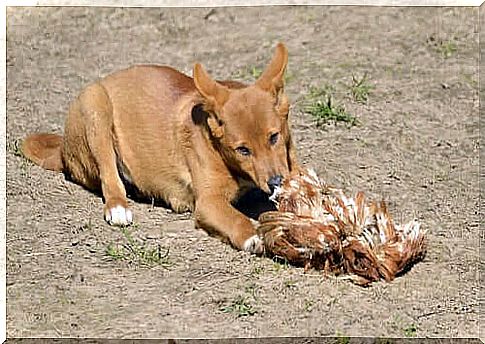
It is the terror of kangaroos and wallabies, but also of domestic livestock. He hunts every night and is bolder than the wolf in his forays on farms, although he always operates with caution.
The maned wolf
The Chrysocyon brachyurus species is indigenous to the scrub and pasture areas of South America. It is the largest of the wild canids.
It is slender and has long legs. To be exact, its hind legs are longer than its front legs, which gives it a certain clumsiness. Even so, in flat terrain it is as fast as the cheetah.
Wild canids known as dogs (even though they are not)
The African wild dog
Commonly known as African wild dog ( Lycaon pictus ), it lives in the plains and low mountains of South Africa. It joins in flocks formed in some cases even by fifty specimens, which chase the prey for hours up to encircle it. While some press their prey, others bar its way by launching ferociously on it.
But if the deer, which are his favorite prey, are not within his reach or there is a lion nearby, they resign themselves to eating micro-mammals.
The red dog
Also known as cuon ( Cuon alpinus ), it is native to the Asian continent. Today it is in danger of extinction and its number is so small that it is practically not found in nature.
Similar in size to the jackal, it is a diurnal hunter acting in packs of twenty or more. Its hunting tactic is analogous to that developed by the wild dog.
Another wild canid: the raccoon dog
We could say that the Nyctereutes procyonoides , which moves along the rivers of Northeast Asia, is literally a dog disguised as a raccoon . It has short legs and a long tail, short and beautiful hair, in addition to the characteristic “mask”.
Final note: the most mysterious wild canids of the Amazon
The Atelocynus microtis , or short-eared dog, is one of the rarest canids in the world and today considered a mystery of nature. This is due to the size of a dog and the agility of a cat.
